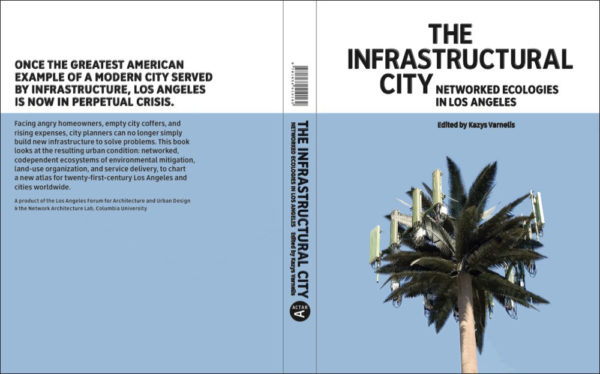I don't see how can I avoid sounding like an ogre or troll in this post but there's no sense in writing for print anymore.
I'm faced with a huge amount of work on my plate and something has to what give. Since I'm already spending too little time on the blog and my book, I have to find something to cut. The victim is the print-only journal. I wish it well.
Network culture begins with a condition of information overload. Having grown up in a house with a massive library, I can appreciate the desire to have books and journals at hand and I sought to emulate my father in collecting for a while, but gave it up almost a decade ago. Objects consume scarce resources and space. Books and journals are still the worst offenders in my house. Even as cull them without mercy, they pile up around me, largely unread, passed by in a day when there's too much to do.
Let's face it, a personal library is the academic's version of an SUV. It's handy for when you need it, but it's big and unwieldy, a poor choice when it comes to ecology and not a defensible option in a world of limits except for those who really, truly need them.
The journals that I read regularly—the New Left Review, Mute Magazine, Eurozine, and Domus (to name a select few)—are already on the Net. There are few print-only publications and I read none of them regularly. Fetish objects like the New City Reader, Junk Jet, Volume, or Loud Paper generally wind up on the Internet in reduced or pirated form. You have to pay—or otherwise seek out—the original format if that's what you want, but the content is there for the taking.
Google books makes it possible to search through new and old books alike while pirate book sites mean that it's easy to carry thousands of books in a laptop. Pirating may be illegal now, but it's thriving—take the book scanning movement, for example—and is just the faintest ripple in the surface of the ocean before the tides pull back and then the tsumani hits.
If not in this decade, then surely within two decades virtually all publishers—book, journal, and newspaper will provide universities with everything they publish in digital form. Within that time, as I pointed out at the CCA on Thursday, most archives will also be online.
A book or journal that in print form only is inadequate for our age. It cannot be properly searched. Hand-made indices have some degree of utility, but no matter how intelligent the maker of the index was, remain reductive, the product of one mind that can't adequately foresee everything the text will be used for. Full-text search is revolutionary for scholarship.
Then there's portability. Like so many of my colleagues, I travel frequently, both overseas and across the Hudson to Columbia. I clung to slides until 2006 when travelling to Ireland to teach made that impossible. Books are the same. It's entirely different to have my library at my fingertips as I type.
But is this historian's desire so new? While teaching in Brazil, Braudel would visit Europe periodically and employ microfilm to record material in archives for later references. I'm confident that if Benjamin were alive today, he'd be surfing book pirate Web sites instead of frequenting old bookstores, collecting PDFs in his laptop, just in case the sites wind up shut down.
Moreover, there's another ethical question, beyond the viability of publishers which I suspect will survive in this new world (printing presses, may be another matter). A friend once told me that while she was teaching in South America, she translated my texts for her students. At the time, she explained, my work was just about the only informed commentary on contemporary architecture available online and her university lacked the funds to acquire books and journals or pay for access to material behind paywalls. Her message hit home: print publications and paywalls maintain a global imbalance of intellectual resources.
There's nothing more tiresome than the aged (or young) scholar lamenting the lack of intellectual rigor online. Surely such learned individuals have heard of the Johannes Trithemius, the Abbot of Sponheim who published his De laude scriptorum manualium, defending the tradition of script against the printing press in 1492? Our fields were hardly more rigorous in the postmodern 1980s or the post-structuralist 1990s let alone the heroic era of the 1920s. Plenty of material not worth the ink and paper it cost to print was published back then.
Instead of lamenting print, let's work together to break down paywalls, physical or electronic. Those of us in the academy are not in the business of knowledge, we're in a community of knowledge, a community that transcends old limits. Let's embrace that.




